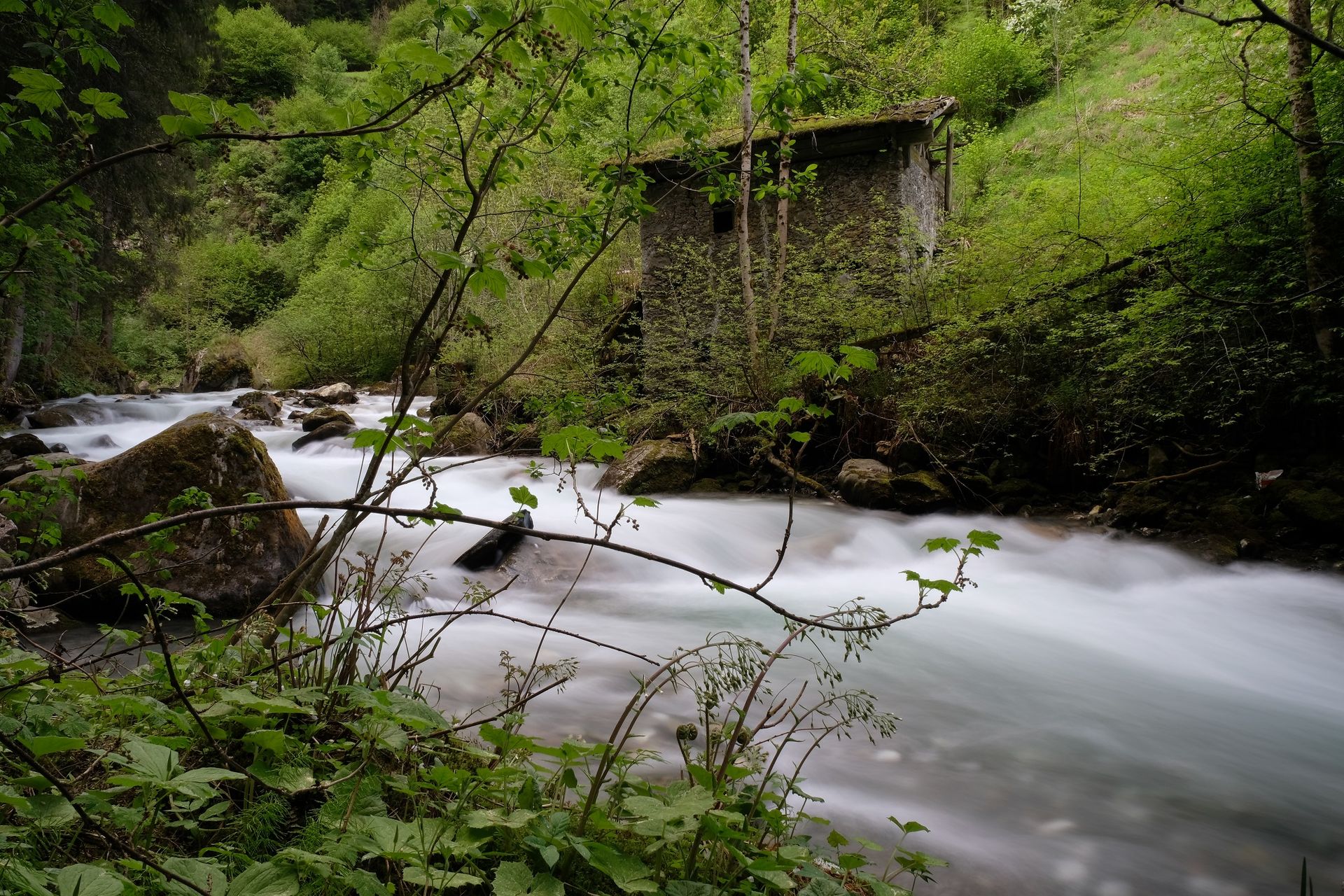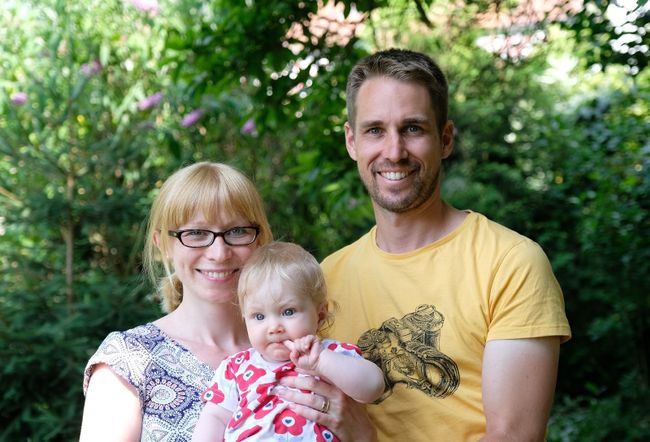ياقۇت جىلغىسىدىكى سوقۇلغان يولدىن يىراق
ئېلان قىلىندى: 28.12.2018
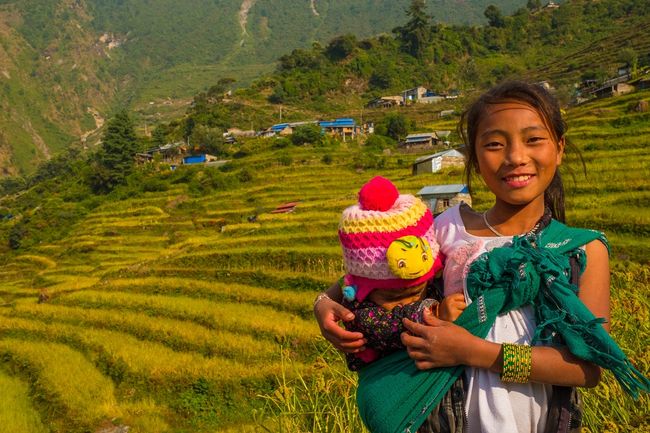
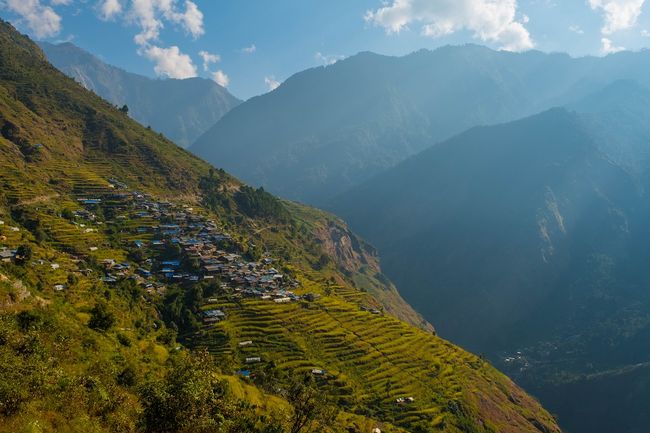
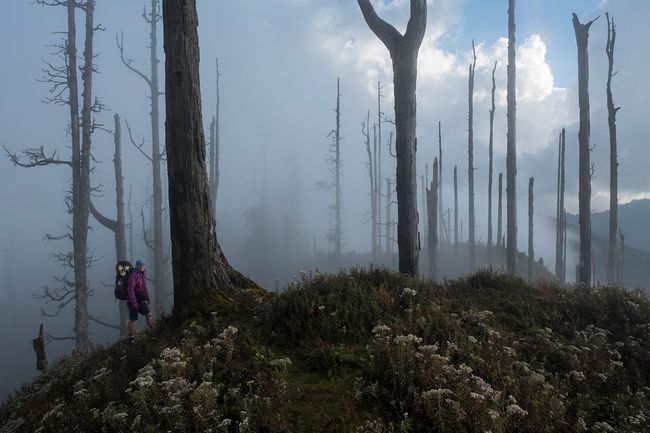
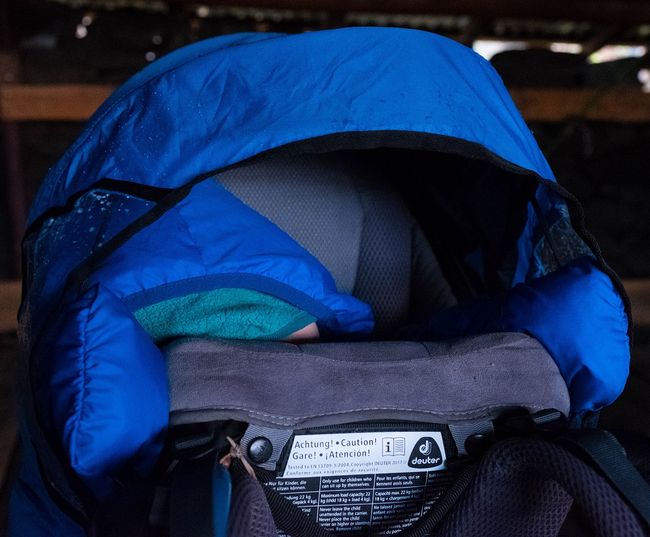
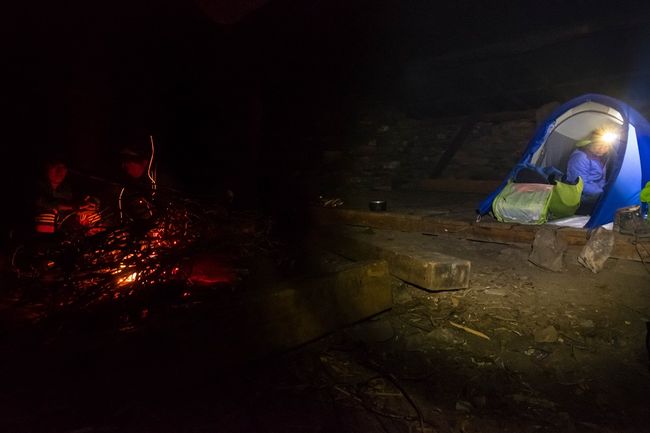
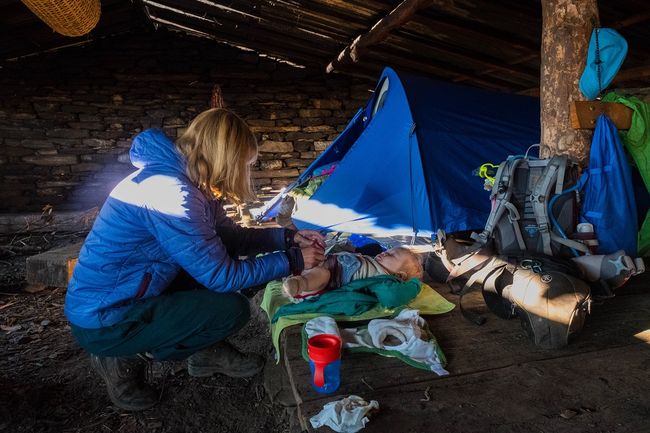
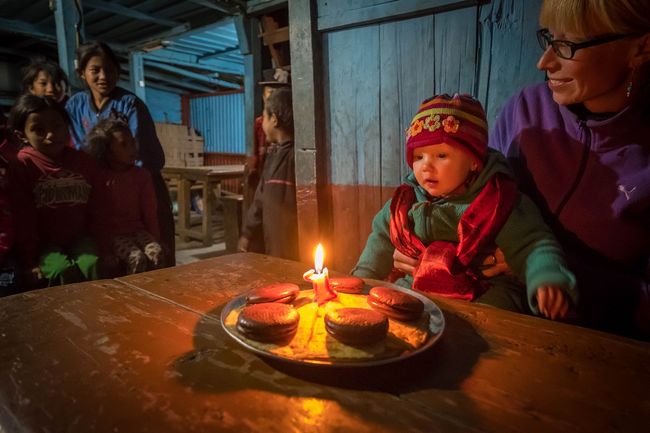
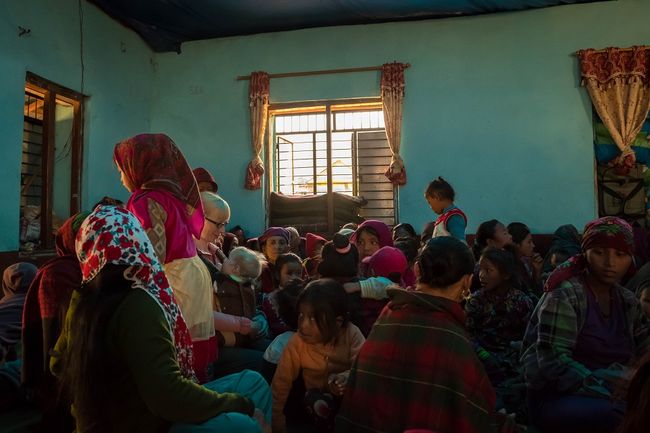
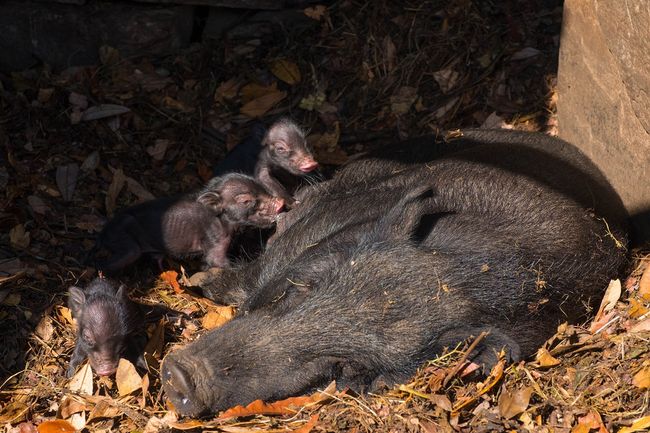
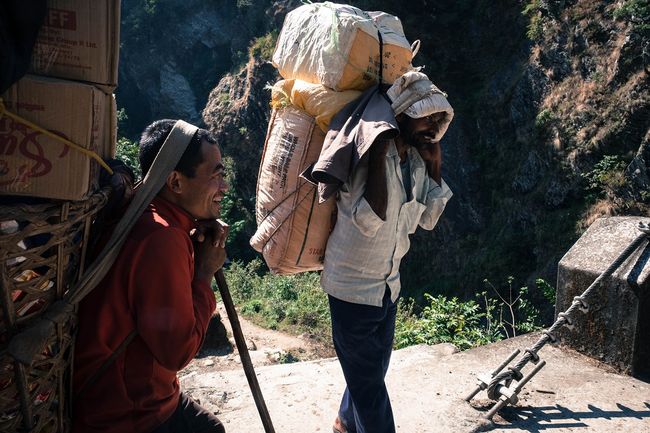
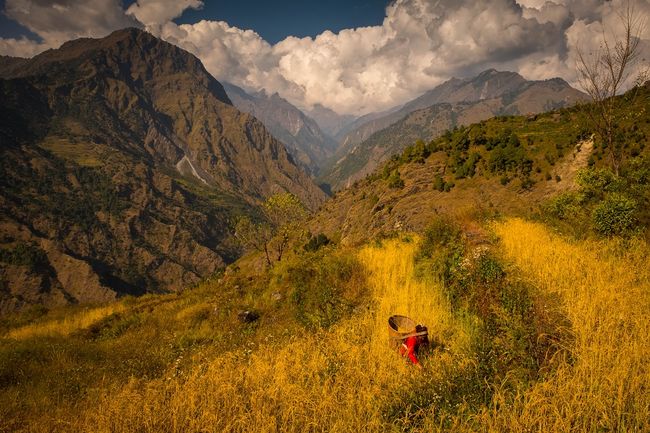
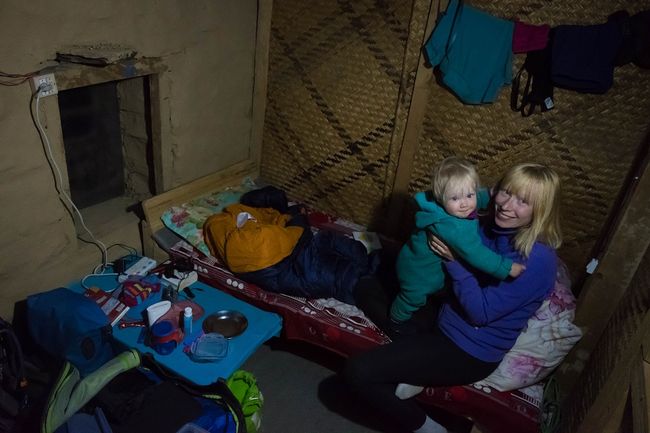
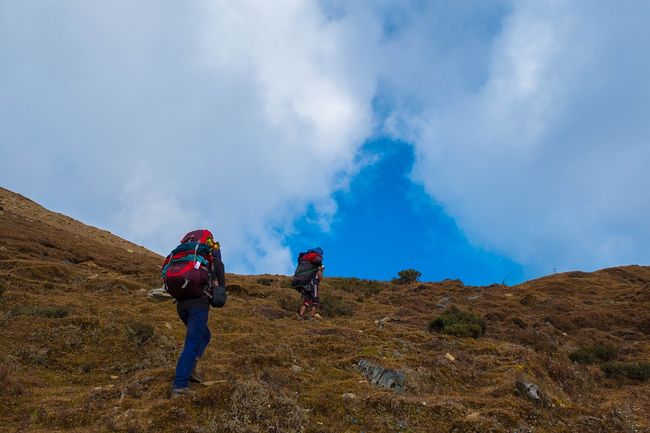
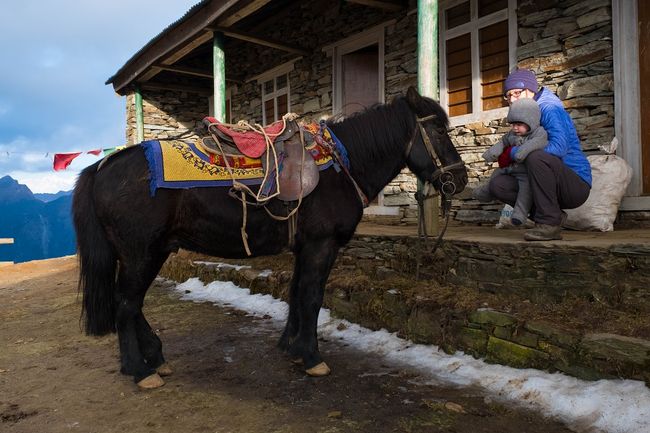
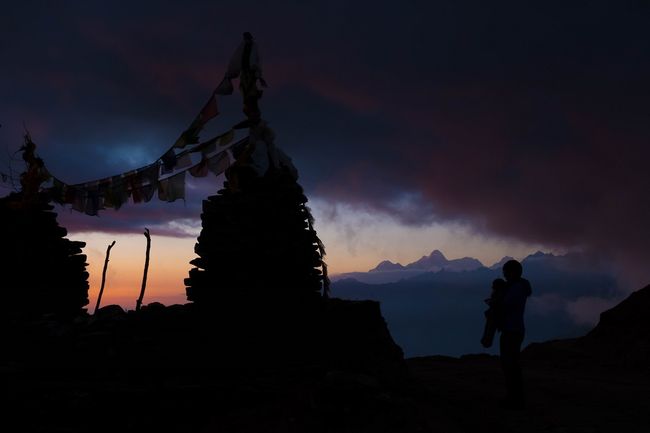
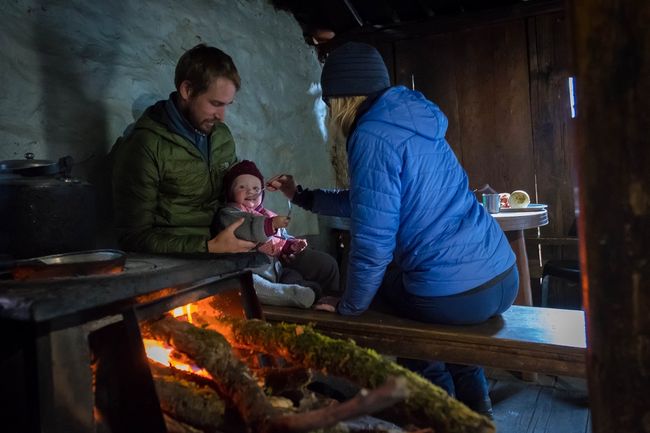
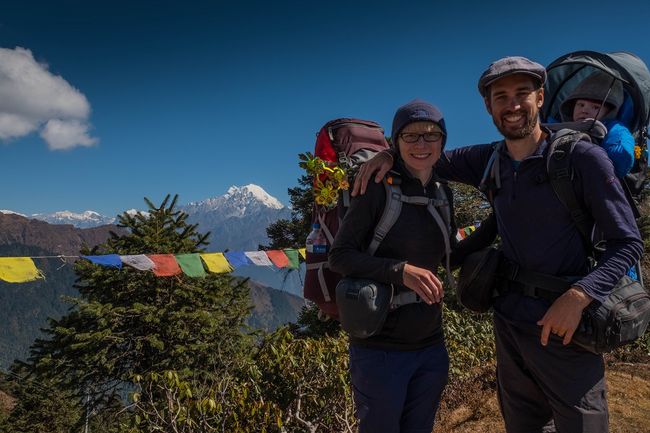
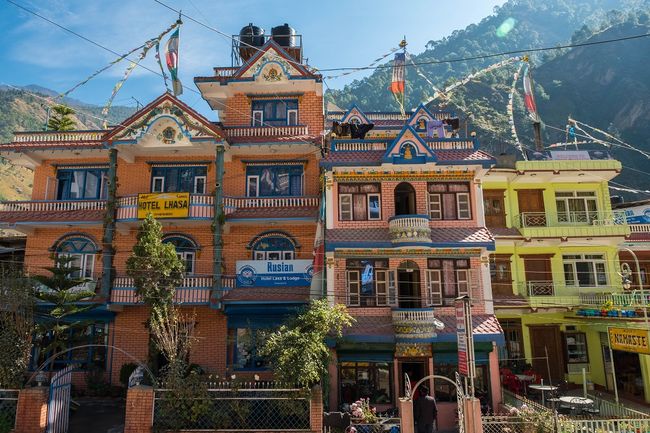
گېزىتلەرگە مۇشتەرى بولۇڭ
After crossing the Buri-Gandaki river one last time, we headed east for ten days. The goal was Thulo Bharku, a village where Matthias spent a few weeks years ago. We would be able to stay with the same host family there. But until then, we had to cross several passes and valleys.


We were still traveling with our guide Yo and our porter Furba. Both of them were also in the Ruby Valley for the first time. So we were all curious to see what lay ahead and where we could each stay overnight. It was clear that the Ruby Valley Trek is not very well known among hikers, so we did not expect a well-developed lodge infrastructure. We were prepared for very basic accommodations. However, the paths in the Ruby Valley were still well-worn, as the local population, belonging to the Gurung and Tamang ethnic groups, used them to travel from village to village and the high pastures in between.
It turned out that our accommodations had little in common with the lodges of the past weeks. Some were long-established guesthouses (although you should not think of deer or eagles when you hear the term), which rented out two or three rooms. Others were half-finished accommodations in their first season. The wash facilities consisted of a drafty enclosure with a cold bucket shower, which we usually avoided. A fresh t-shirt is almost like taking a shower. There were also no menus. There is Dal Bhat. The national dish consists of rice with lentil sauce and a vegetable-potato curry, as well as pickled vegetables with a sour and spicy flavor. Since it is prepared slightly differently in each kitchen, depending on the available ingredients, it is usually quite diverse, and we could eat it for several days in a row. However, we did not warm up to the Nepalese breakfast. Nepalese people usually do not eat breakfast until they have had their first serving of Dal Bhat in late morning. In this respect, we were culinary saved by Yo. Our hosts were happy to open their kitchens to him and fulfill our breakfast wishes with him. So we also enjoyed rice pudding or pancakes instead of the instant noodle soup that is usually available.
In every accommodation where we stayed, we were the only foreign guests, and we were always grateful to have a roof over our heads. Even if it was very cramped, like fish soup or the mice running around at night. With nightly temperatures just above freezing point and sometimes below in the high areas, we quickly learned to appreciate a protective accommodation. Only once, when crossing a pass, there was no fixed accommodation, and we had to use our tent. We were able to set it up in a wooden shelter of a shepherd's camp. It should not be our coldest night, and the next morning we were able to congratulate Antonia on her first birthday with a fantastic view of the Annapurna and Manaslu massifs. In the next village, we improvised a cake from a stack of pancakes and chocolate cookies, and Antonia received her first birthday serenade. Since ten to fifteen interested children came by, it was quite a decent choir.
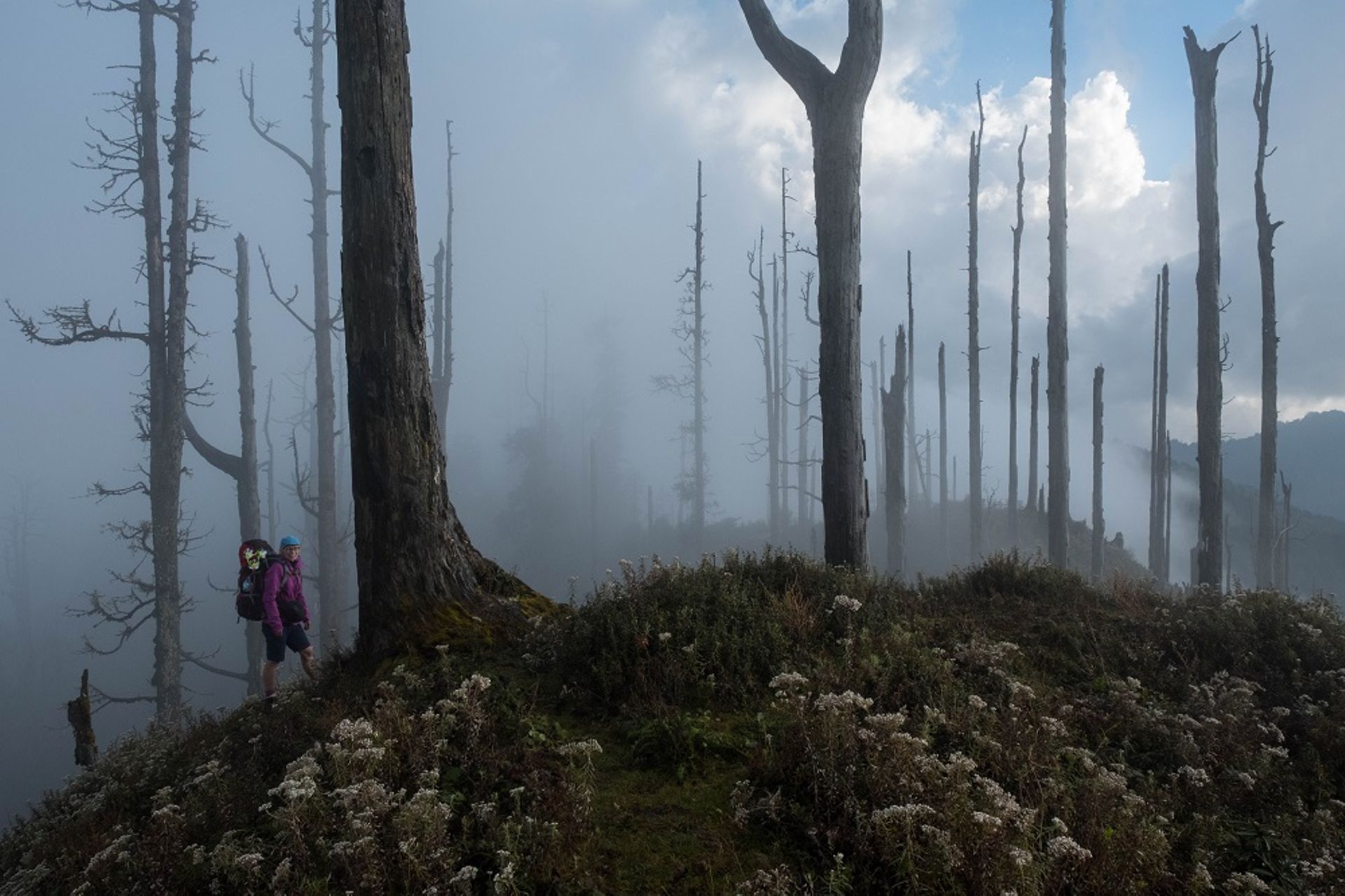
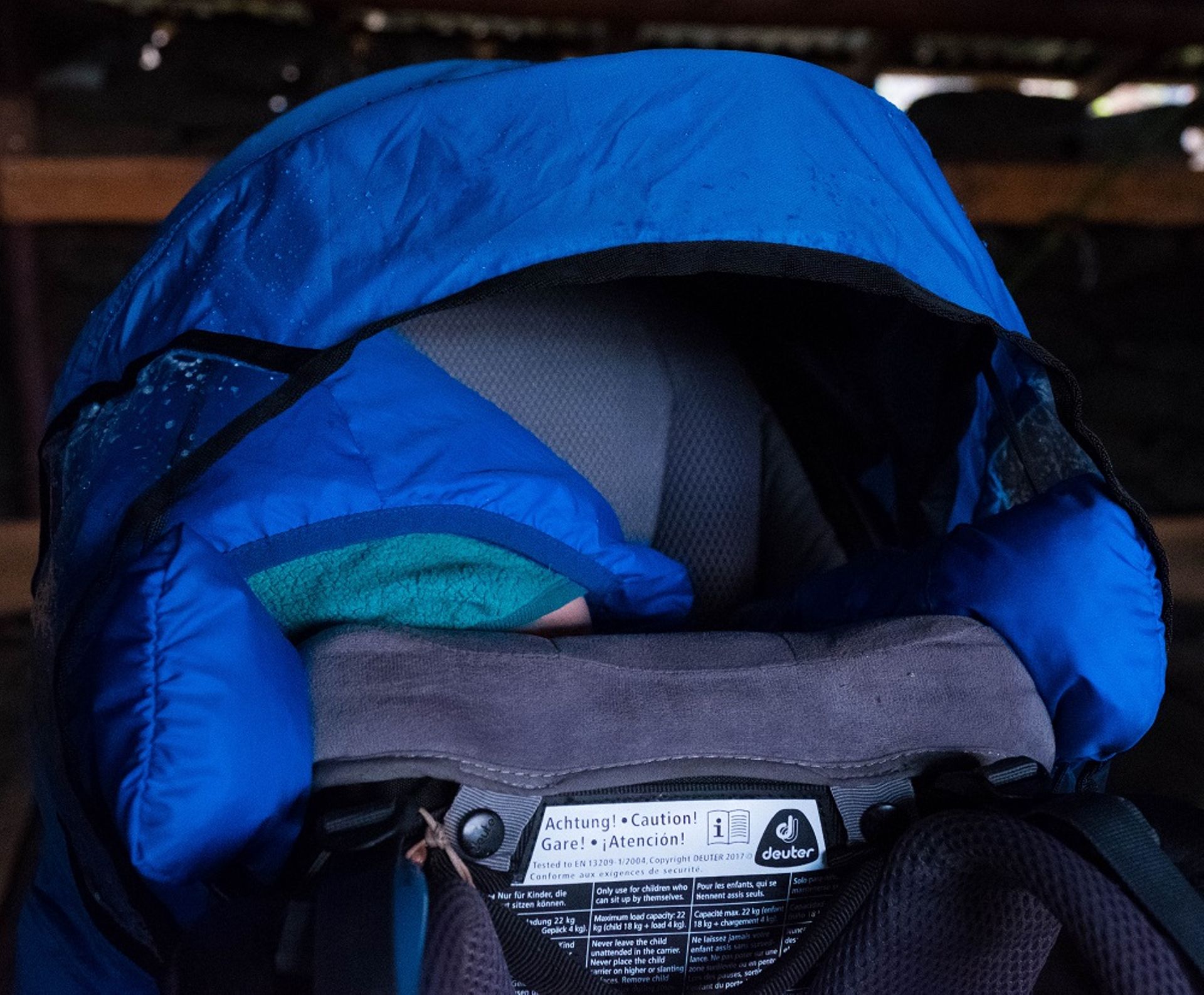
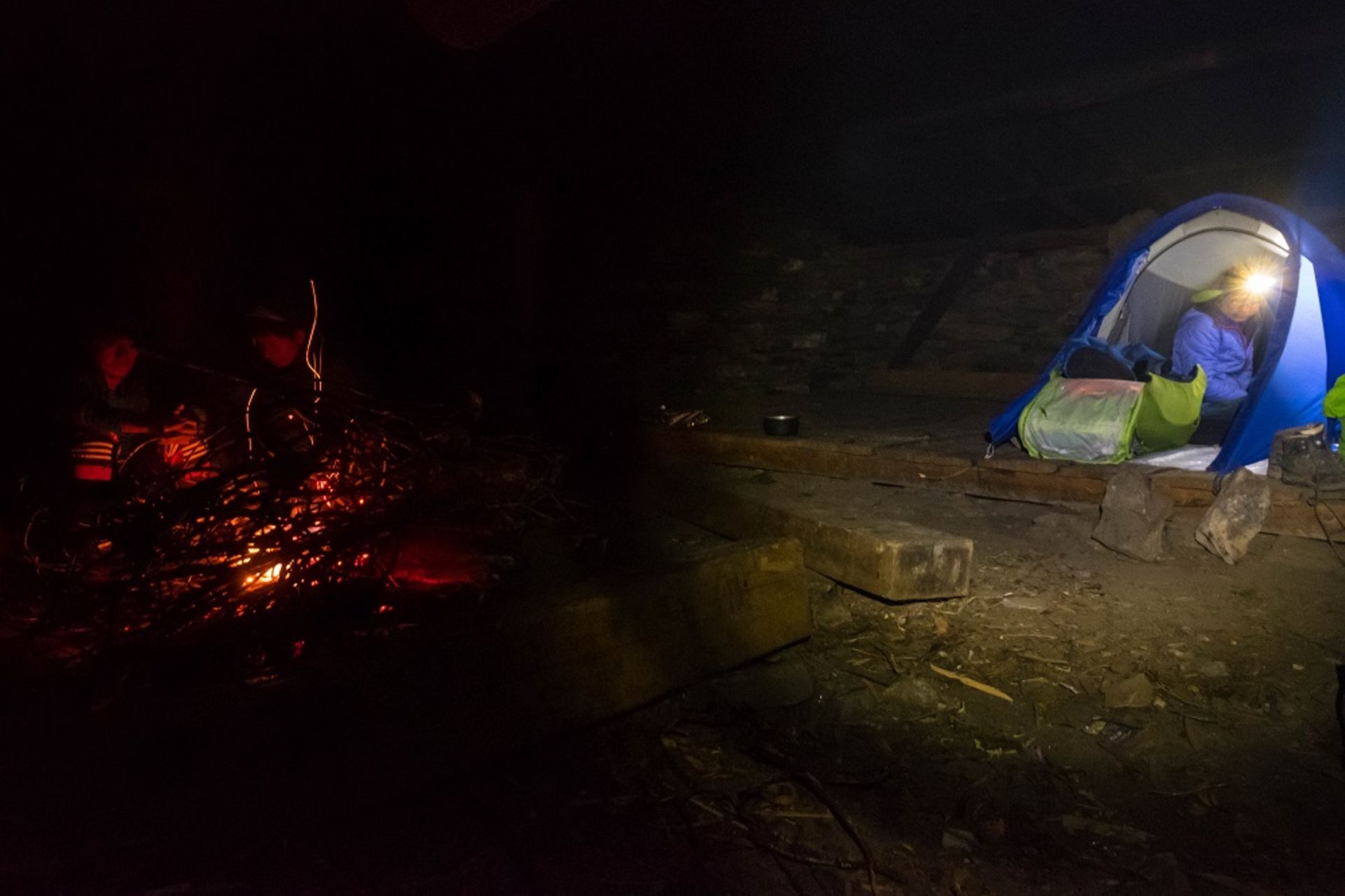


Undertaking this trek with a one-year-old child presented us with special challenges. It was important to dress Antonia appropriately. While we were sweating, she did not move in her carrier, so she had to be bundled up much warmer than us. We also had to make sure to have suitable food for her during the day. Because especially in the Ruby Valley, it was often uncertain if and what we would get to eat on the way. Since she is quite uncomplicated when it comes to her food preferences, we mostly succeeded in that. A prerequisite for such a two-month trek was also that she felt comfortable in her carrier. She did. When we continued after a break and lifted her onto Matthias' shoulders in her first-class mountain express, joy was written all over her face. She often slept, enjoyed the passing landscape, or stole Matthias' hat. To keep her in a good mood, regular breaks in which we took her out of the carrier were important. It was exhausting to always put her needs first. When we arrived at an accommodation sweaty and tired, it was necessary to change diapers or dress her in different clothes first. Rest days always turned into laundry days and mostly did not consist of putting our feet up. As is typical with children, we were naturally rewarded for our efforts.
After experiencing the Buddhist impressions we gathered in the Tsum Valley, it was very interesting to now explore the Christian side of Nepal. In recent years, the Gurung people have increasingly converted to the Christian faith, and it is not uncommon for a village to have two or three churches. During the church service, people stand or sit separately by gender in the undecorated, but softly cushioned, hall. There are no benches or chairs, and everyone takes their shoes off at the entrance. They sing to the accompaniment of guitars and drums, and thought-provoking texts are read in between. The church service lasts several hours and is more of a coming and going or a joyful gathering outside the church.
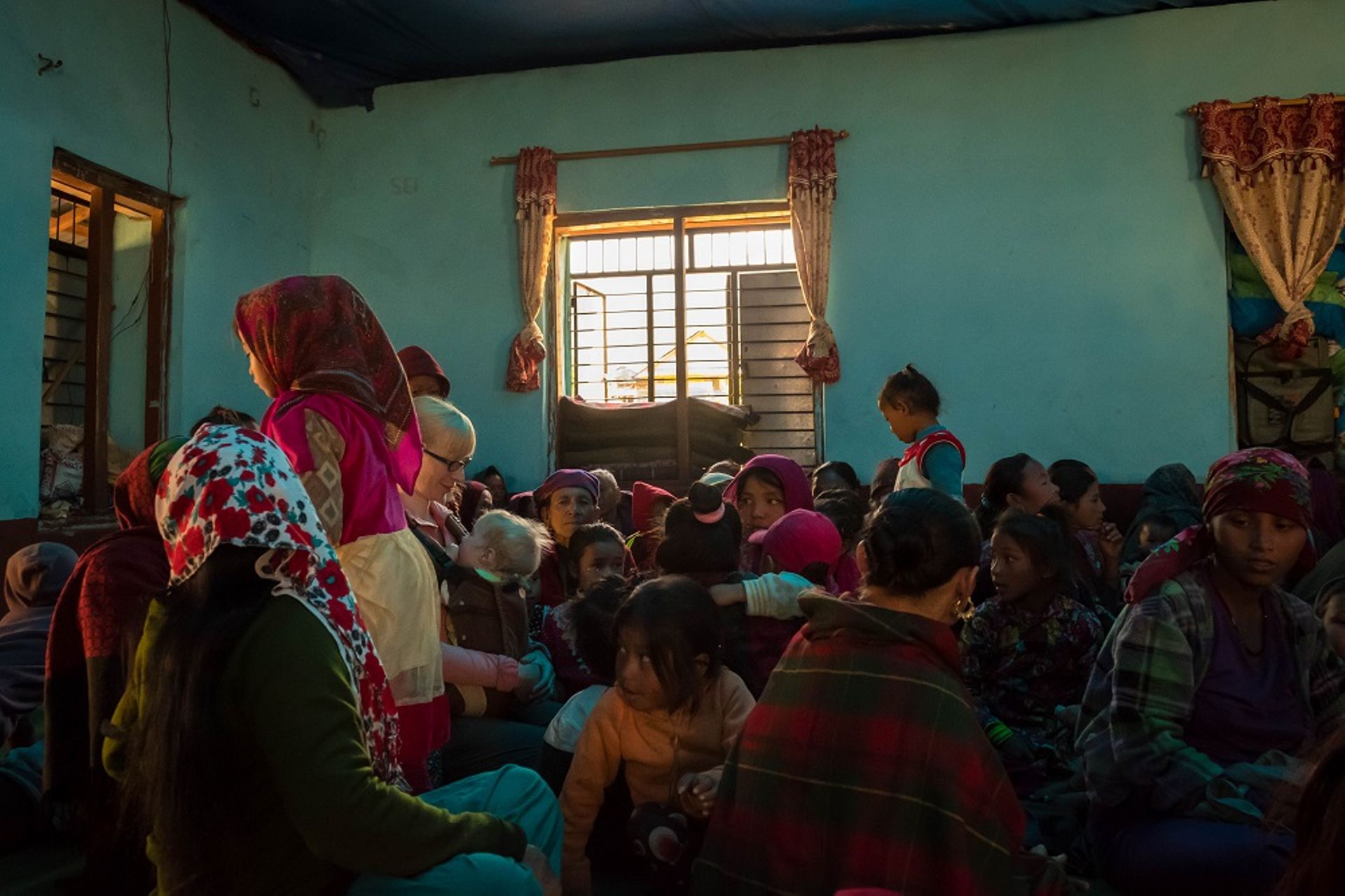




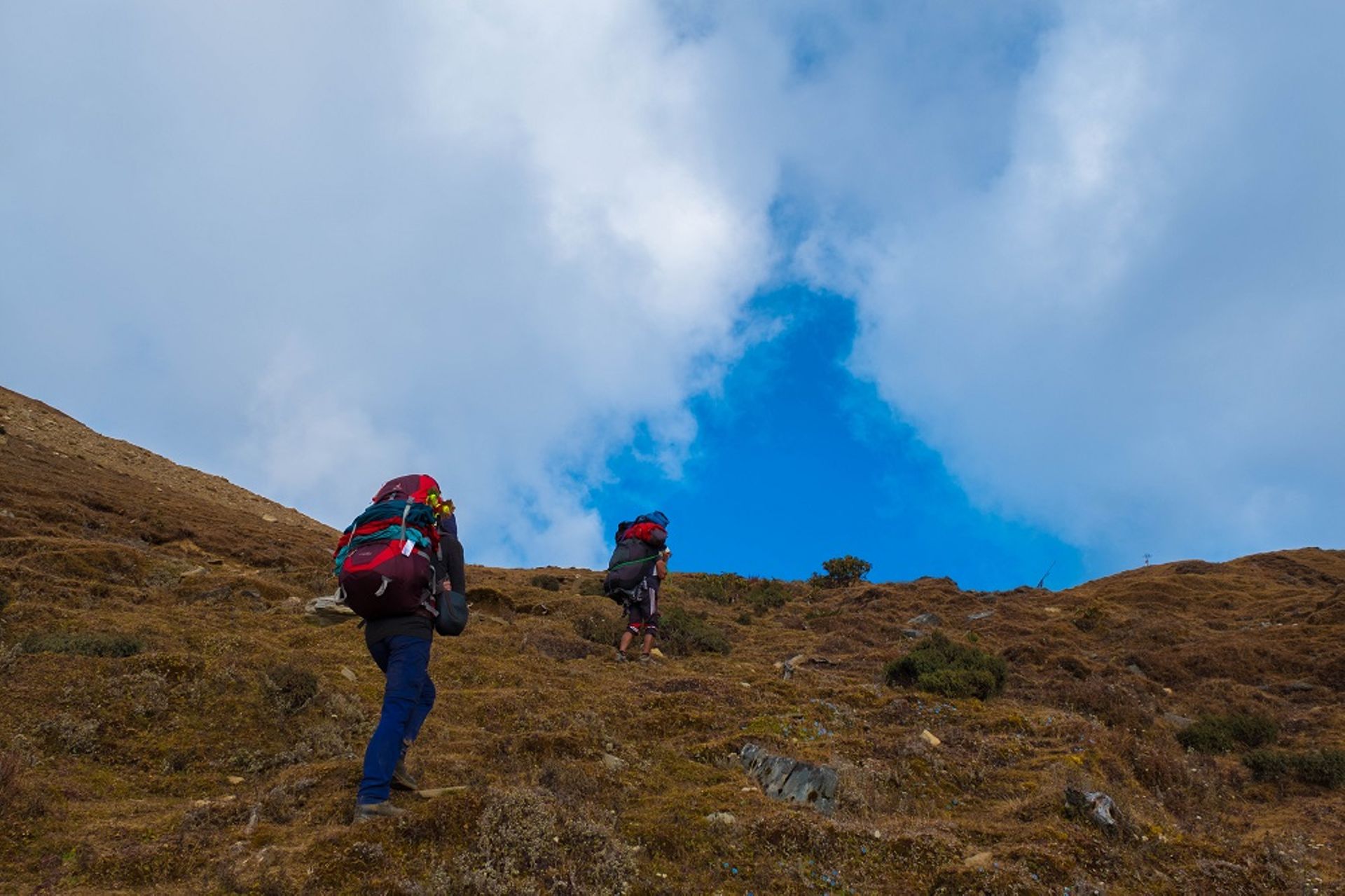
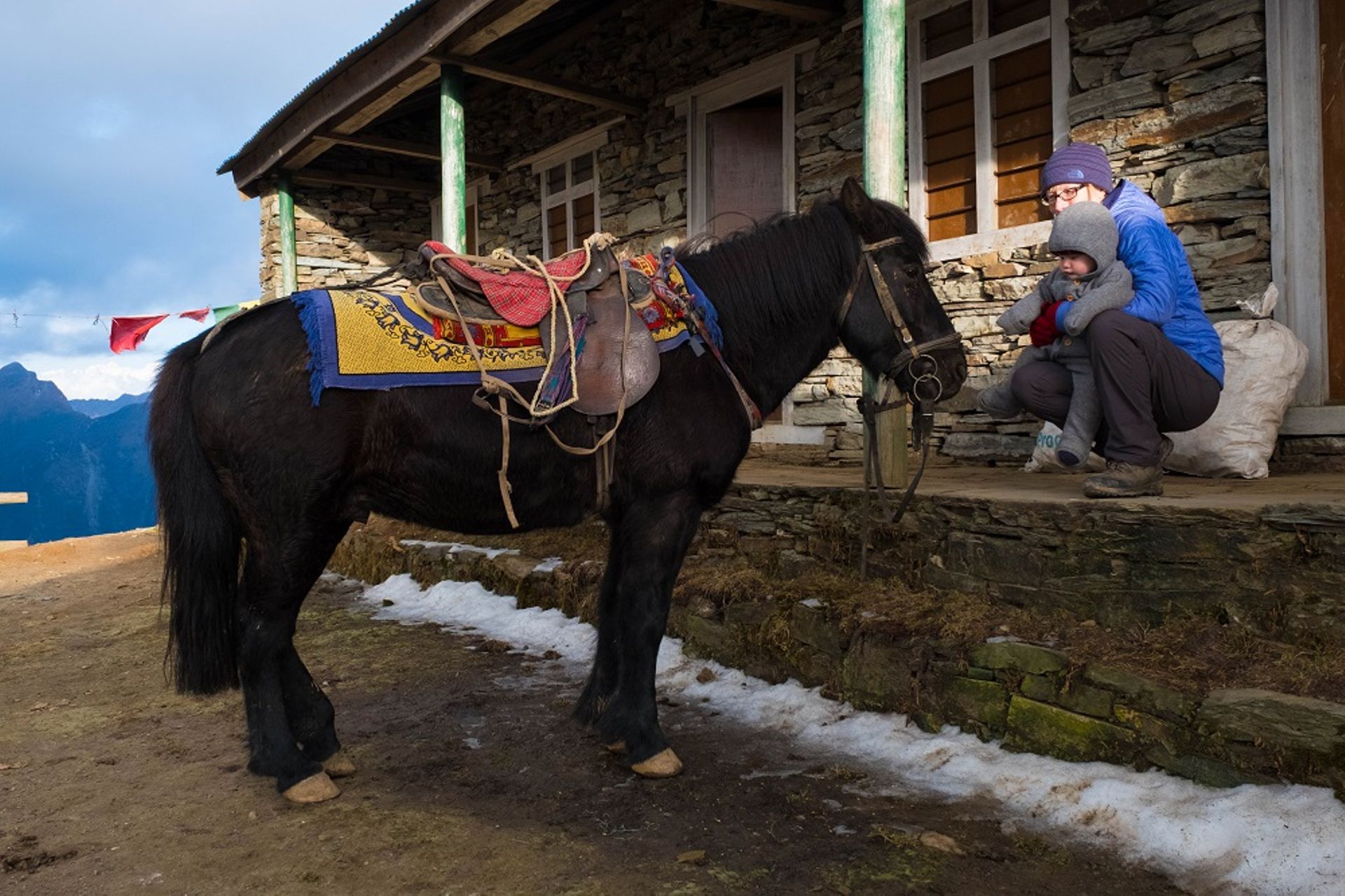

Experiencing the authentic village life of this remote region, with its open-hearted people, was a fascinating experience for us. This, along with the phenomenal views we admired from three passes, ranging from three to 3,850 meters high, is what we wanted to experience in Nepal. All the efforts and sacrifices only enhanced this intense experience. However, we were very happy when we could enjoy a warm shower again after almost two weeks. We ordered half the menu at the restaurant. Which was necessary because the portions were far too small for our hiker's hunger. In terms of taste, none of the dishes could compare to Yo's nettle soup.

Porridge, eggs, potatoes, or apples - there was always something delicious to be found for Antonia.

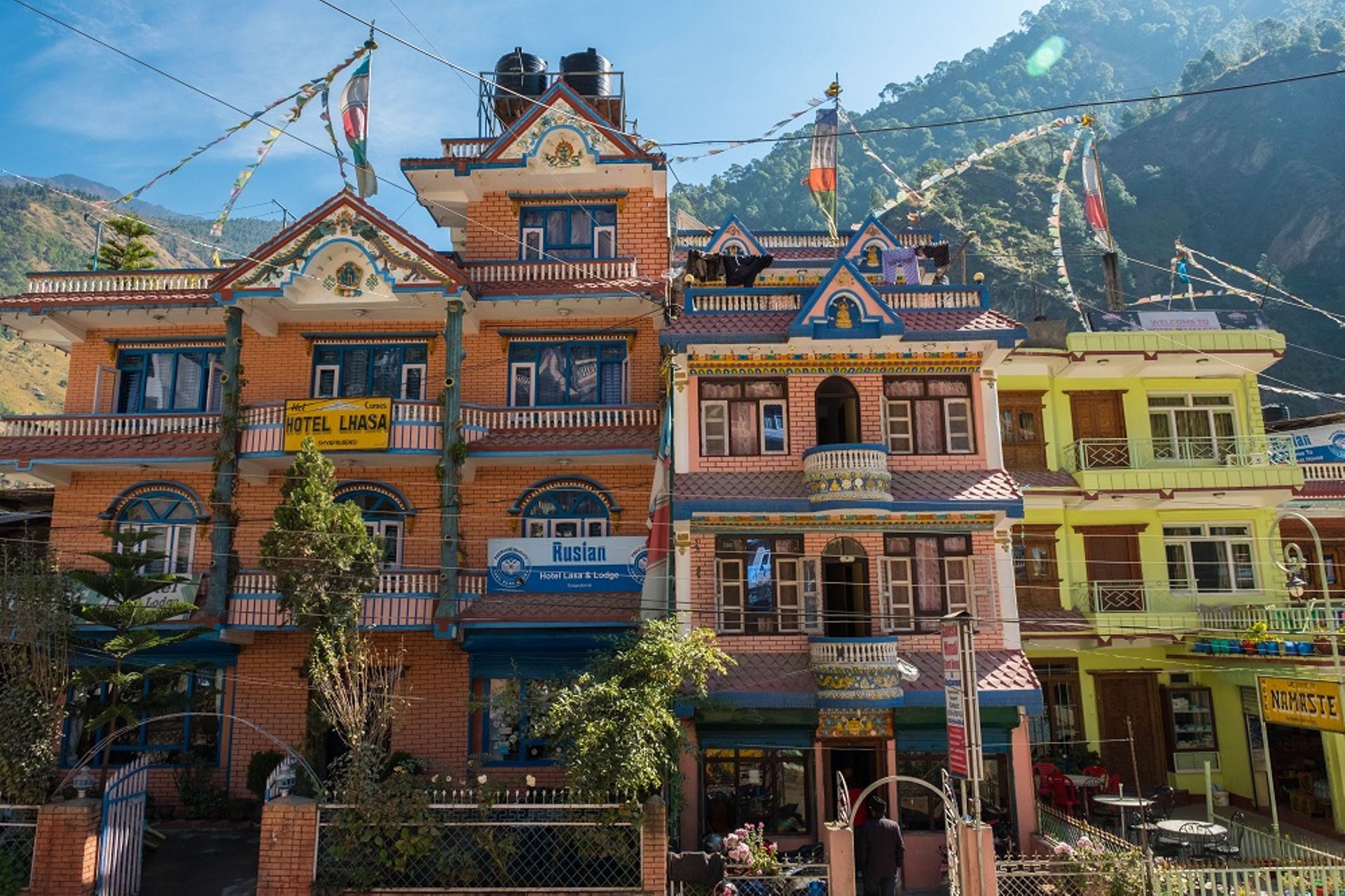
گېزىتلەرگە مۇشتەرى بولۇڭ
جاۋاب
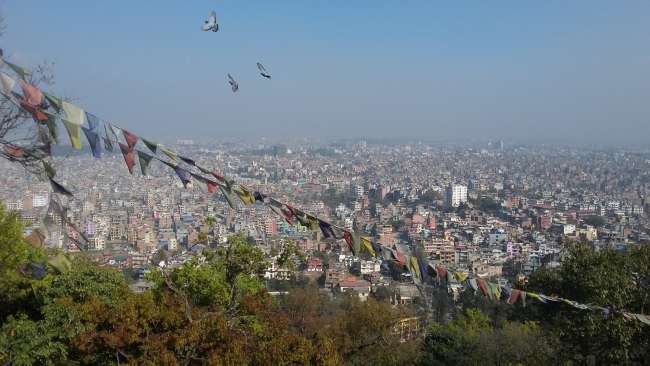
ساياھەت دوكلاتى Nepal
